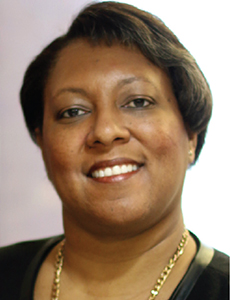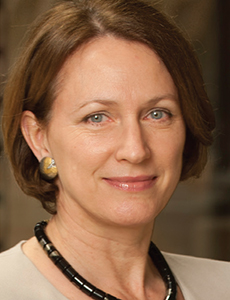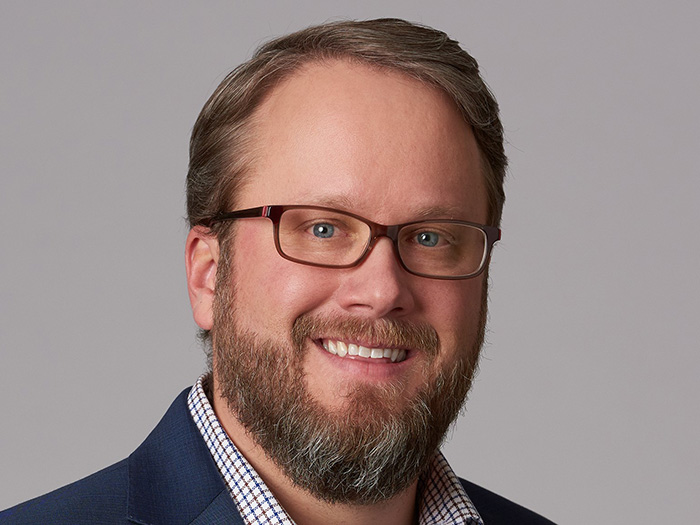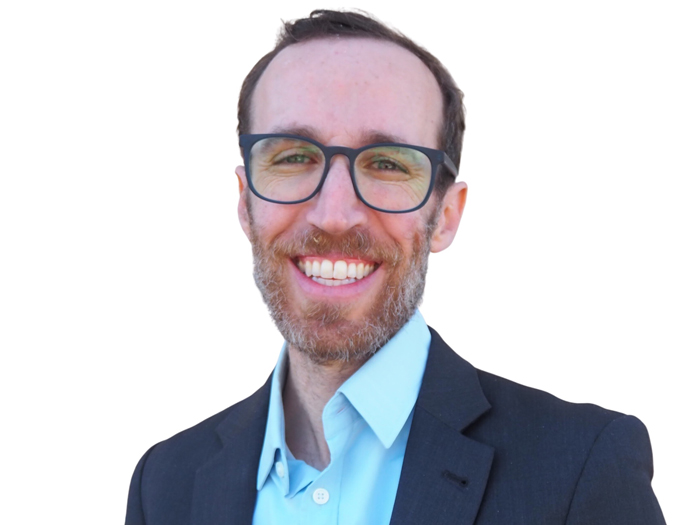The Future of Insurance: Diversity Is Critical to Success

Some of the numbers, if they can be believed, are daunting.
Data from the U.S. Bureau of Labor Statistics indicates that the insurance industry is hiring people at a slower rate than it has openings. According to a survey by The Hartford, only four percent of millennials are interested in insurance as a career.
But determining the future of insurance and the factors that will shape it may be a far more nuanced art. And the future of insurance, as it depends on talent recruitment and retention, may be much brighter than even its most optimistic supporters might imagine.
The Influence of Technology on Talent
Duane Bollert studies the intersection of talent and insurance as a Global Insurance Industry Leader for Mercer. From his perspective, talent, technology and the changing business model of insurance all overlap and will influence each other as we move forward.
“We did a labor market study as few years ago and basically found that the projected demand for underwriters is actually going to go down because of automation and new technology,” Bollert said.
And numerous insurance executives interviewed by Risk & Insurance® over the past few years have indicated that automation will be able to step in on some of the less complex risks, provided that its calculations are overseen by an experienced underwriting team. That could be a major lever in balancing supply and demand in insurance’s quest for talent.
Insurance is also making strides in recruiting the data and mathematical talent it needs to harness and execute on the power of predictive analytics and machine learning. On the other hand, retaining that talent has proven to be a challenge.

Kimberly Bowen, vice president, talent acquisition, AmTrust Financial Services, Inc.
Bollert tells the story of a sizable insurance carrier that hired a slew of data scientists. All was well and good until the data scientists met the underwriters. When they shared their ideas, the underwriters said, “this isn’t the way we do things,” and about half of the data scientists left.
“What the company learned from that is they have to put those groups together, they needed them to work together to come up with new and better data sources to improve the underwriting process, as an example, and make it faster,” Bollert said.
“The data scientists are much like other scientists, they want to work on interesting and challenging research and topics. They are not as concerned about the hierarchy of an insurance company or the rigidity of a career path that the typical underwriter would go through,” he said.
Recruiting Across the Talent Landscape
Mark those words, “hierarchy” and “rigidity.” Numerous sources say those are two features of the existing climate in insurance companies that needs to change — and sooner rather than later.
As insurance evolves, it’s not just data scientists it wants to attract. Ivan Gonzalez, CEO North America, Swiss Re Corporate Solutions, said his company is pulling from a more diverse pool of talent as it seeks to manage risk in a world that is changing rapidly.
“The challenge is that you can sell someone on a job. What the insurance industry lacks, and AmTrust has focused on, is being able to sell them on a career.” — Kimberly Bowen, vice president, talent acquisition, AmTrust Financial Services, Inc.
“If you think about trends in commercial insurance in the next 15 to 20 years, you start to realize that the definition of the overall insurance landscape will change; it has already changed,” he said. “From tangible coverage we are moving more and more into intangible coverage.”
This beckons those with soft skills able to be part of teams that draw from a variety of disciplines, from oceanography to rocket science, from agriculture to alternative medicine.
Retention again, in Gonzalez’s eyes, may be a bigger problem than successful recruitment.
“The industry is attracting more and more people with expertise that is not limited to the insurance industry,” he said.
“We are starting to compete with people in technology or people who are experts in health care. Therefore it is much easier for people to move into the industry. It’s also easy for them to move back out,” Gonzalez said.
A Drive for Diversity
According to Mercer’s Bollert, perhaps one of the biggest hurdles insurance faces is that of diversity and inclusion.
Scan your LinkedIn feed and you will find your share of insurance company posts celebrating their corporate diversity and inclusion efforts. Well-intended. But effective? The jury is still out.
Looking at gender as an example, insurance is infamous — but not alone — among other sectors of the economy in seeing a majority of women, 75 percent, in lower-tier roles. But in the management ranks, we see that insurance employs three male executives for every female executive.
For more perspective on this issue, we turned to Inga Beale, the former CEO of Lloyd’s, herself something of a hero to businesswomen for her achievement in climbing to the top ranks of the most venerable insurance organization in the world.
Beale started as an underwriting trainee 37 years ago. At the time insurance was rigidly male dominated. To survive, Beale said she just acted like one of the boys.
“That worked for some years and I actually had a pretty good start to my career,” she remembered. “But then I realized I wasn’t being me and I wasn’t being true to myself.”
Eventually, she found female mentors and learned to take on “scary” jobs, realizing along the way that those steps we might be most afraid of are the ones that are going to take us to the summit.
Then she fell into her own diversity trap: “At one point, I ended up with a team that was all women. Nobody was giving diversity training in those days.
“So I have learned over the years the importance of making sure that we consider people who are different than us, and we don’t just hire people in our mold,” she said.
“It’s very important to drive through to that diverse element.”
She also has some advice for women in particular. Beale is not afraid to say that the genders are different. What she has observed about women is that they tend to take a homemaker’s approach to the workplace. Hustling to fill in gaps where needed. Not bothering to promote themselves because they are too busy to.
“I have learned over the years the importance of making sure that we consider people who are different than us, and we don’t just hire people in our mold.” — Inga Beale, former CEO of Lloyd’s of London
“It’s something that’s happened to quite a few women,” Beale said.
Kimberly Bowen, vice president, talent acquisition with AmTrust Financial, said she thinks the talent deficit needs to be taken seriously.

Inga Beale, former CEO of Lloyd’s of London
“It is a real crisis,” she said. “I think everybody views it differently in terms of where the crunch really is,” she said.
She added the insurance industry’s main failing may be that it hasn’t prepared the younger generation of insurance to be strategic leaders.
Like others, she said insurance is doing an okay job of attracting talent, not such a good job of keeping it.
“The challenge is that you can sell someone on a job. What the insurance industry lacks and AmTrust has focused on, is being able to sell them on a career,” she said.
Communicating on Inclusivity
According to Bryan Beverly, corporate vice president, global talent strategy with Gallagher, the best way to address this challenge is by doing a better job of clearly communicating value and purpose to broader audiences.
“We know that younger generations value different types of things,” Beverly said. “We know that they are looking for more development, more opportunity, better coaching, more training; they want more inclusivity, the list goes on and on.”
But whether companies are willing to make that investment is in question, said Bowen.
“Many CEOs and boards are uneducated about the correlation between talent and bottom-line results,” Bowen said.
“If you do not have the talent in the right role and you do not have the mechanisms to engage that talent, you will not be successful.
“The problem is that these are long-term investments,” she said; investments many companies might not be willing to make.
Despite the daunting numbers, and the lack of clarity on whether the commercial insurance industry has any chance to fill its many job openings, Beale remains optimistic.
“We do have to get under the skin of what’s going on,” Beale said.
“We do have unconscious bias going on. We have people feeling safe surrounding themselves by people who think like them.
“It’s the easy thing to hire people like you; you have a much calmer life. But that doesn’t make you more innovative and creative, able to modernize and remake your model.
“There is now a lot of momentum,” she added.
“Nobody was talking about this five years ago. It will not stop. It cannot stop. It’s got a life of its own and a momentum of its own. To me, we have a long way to go. But we are making progress and there is enough momentum now to keep moving.” &










